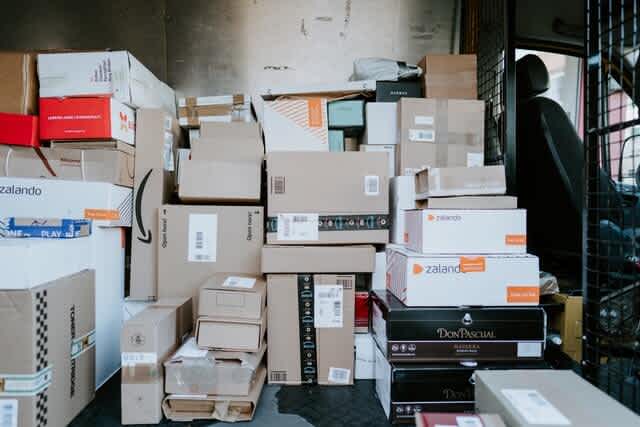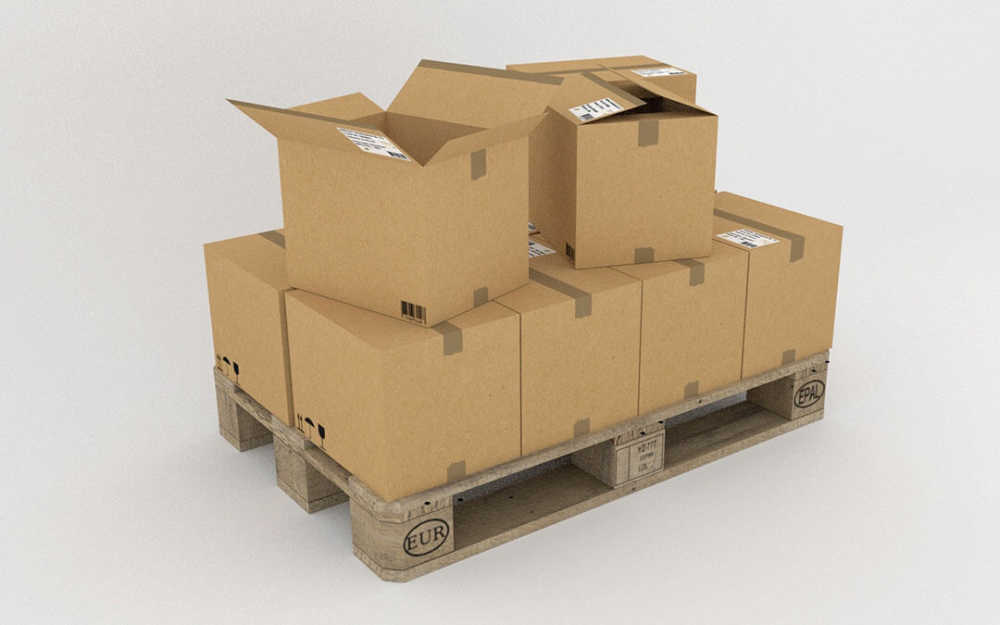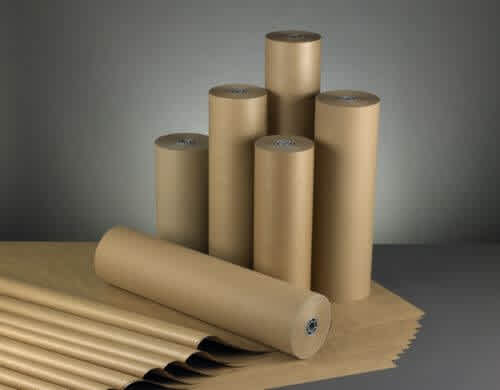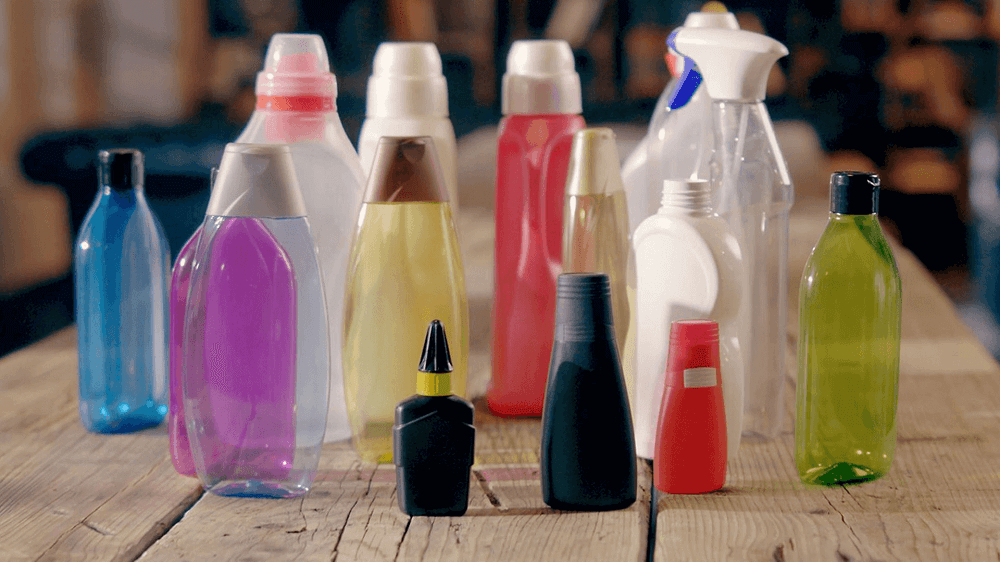
by Sam Franklin | August 12, 2022 | 14 min read
Eco-friendly packaging guide for eCommerce parcels
Get fundedLast updated: September 03, 2022
Packaging in eCommerce is ever more critical as global revenue from eCommerce, and online trading hit $4.9 trillion in 2021. This revenue trend is forecast to grow by 50% annually through 2025 and will increase packaging needs even further.
Unfortunately, using the old unrecyclable materials, mainly plastic packaging, is a menace to the environment as these cause landfill pollution.
Table of contents
- Some packaging statistics to consider:
- The three types of packaging
- UK packaging waste regulations
- The use of sustainable packaging symbols
- Package sealing with a minimum amount of tape
- Frequently asked questions
Some packaging statistics to consider:
Over 90% of plastics are never recycled.
The plastic waste eventually gets washed away into rivers and oceans.
Studies estimate that plastic, in general, takes over 500 years to degrade
Over 165 billion tonnes of plastic waste is already washed into the oceans threatening marine life.
Laws, regulations, environmental sustainability lobby groups, and buying behaviours of millennials are putting pressure on the packaging industry to adopt practices that mitigate, stall, or completely stop the plastic problem.
The use of eco-friendly packaging is no longer a luxury but a necessity. Specifically, packaging sustainability is now a priority in Europe and the UK.
One EU report shows that between 2009-2019, recyclable packages made from paper and cardboard comprised the bulk of package waste, followed by plastic and glass.
What is eco-friendly packaging?
In eCommerce, the packaging is where goods are contained (put or held in something), cushioned, sealed, covered, or wrapped for preservation, safety, storage, easy delivery, handling, and transportation.
Eco-friendly/sustainable packaging is thus a firm-wide practice that integrates methods and utilises materials safe for the individual and the environment.
To embrace sustainable packaging, your eCommerce business needs to incorporate the 3 R’s of the eco-friendly packaging concept: use recyclable and reusable packaging materials and reduce material usage and packaging waste.
Recyclable – These are packaging materials safe for use by the individual and non-hazardous to the environment. They are from renewable/natural sources, preferably biodegradable raw materials. The production process should use less or minimal toxic inputs.
Reuse – The materials should be reusable. This principle is a strong proposition to eliminate single-use packaging products attributed to landfill pollution, especially by single-use plastic materials.
Reduce – Even as your eCommerce business uses recyclable and reusable materials, your production processes, methods, and practices should entail the usage of fewer packaging materials, which reduces packaging costs.
Key benefits of eco packaging:
The materials used are biodegradable.
Reusable, recyclable materials reduce the number of packaging materials and overall wastage.
After its useful life, the package is easy to dispose of.
It does not contain chemical additives harmful to the environment.
Categories of eco-friendly packaging
There are three types of sustainable packaging every producer or eCommerce trader must know. Each level suits the product differently and serves a unique purpose. Assess all implications of the desired packaging at each level when planning packaging processes and activities.
The strategy you select influences the product package, materials to be used, logistics optimisation strategy, freight costs, the sustainability of overall packaging practices, and waste management after product consumption.
The three types of packaging
The first two types are most critical for an eCommerce or online seller using the D2C business model.
Primary packaging It is the fundamental packaging layer with immediate contact with and/or closest to the product. It directly contains the product, with the primary objective of preserving and protecting it from external exposures, preventing tampering and contamination. Examples are plastic papers or foils, pouches, boxes, or bottles that contain edibles like juices, water, or lotions. Examples are plastic papers or foils, pouches, boxes, or bottles that contain edibles like juices, water, or lotions.
![eco friendly packaging, sustainable packaging, eco packaging, compostable packaging, packaging materials,
cardboard packaging]()
Primary packaging is for the end-user. For these reasons, it is also known as the consumer unit. Besides the visual appeal, brand image presentation, and easing handling, this type of packaging also conveys the product information. It communicates the size, quantity, usage specs, production and use-by date, among other things.
Secondary packaging This packaging comes immediately after the primary package and aggregates a group of similar goods or products in what is commonly referred to as a stock-keeping unit (SKU). One SKU could comprise items in tens, dozens, or a score. It would be held in a single unit such as a corrugated carbon box, carton or crate.
![friendly packaging, packaging material, packaging industry, packaging sustainability, plastic packaging, recyclable packaging, cardboard boxes]()
Customised labelling like handling instructions of fragile/breakable items or stacking limits can work to ease identification and enhance proper handling. The most common is cardboard packaging. This option offers an additional layer of protection and enables bulkier handling than single-unit packaging. Consult with packaging designers and shipping volume experts to reach the most sustainable packaging strategy that best suits your products and business model.
Tertiary packaging Once commodities are consolidated into SKUs, you can transport them from warehouses to the point of sale. Tertiary packaging groups hold units into bulky quantities. For instance, a group of cardboard boxes or crates are shrink-wrapped to fit on a pallet and maximise usage of container spaces. This packaging ensures safe freight and storage of large and heavy goods. Tertiary packaging is for transit purposes and is thus also called transit packaging.
![packaging solution, packaging waste, raw material, recycled plastics, raw materials, recycled materials, packaging needs, recyclable plastics]()
The bottom line is to understand the type of sustainable packaging options and rationally pick the most suited to ship your eCommerce goods. Then proceed to evaluate the best eco-friendly packaging.
Top categories of sustainable packaging
A UK eCommerce and online business can select from a reasonable range/category of quality, affordable eco-packaging materials, which include:
Paper/cardboard packaging or plant-based materials These sustainable packaging options, such as cartons and paper bags, are derivatives of paper or plants. The raw materials are wood or timber waste, old newspapers, and paper towels. Specifically, the standard kraft paper stems from wood pulp. Still, unlike normal paper, it involves minimal bleaching, which doesn't compromise its strength, making the process less expensive than making ordinary paper.
![recycling, bags, consumers, stock, tips, plastics, manufactured, plastic, sustainability, paper]()
Kraft paper also stems from bamboo and resinous wood. Interestingly, Kraft paper makes eco-friendly water-activated tape (WAT) as well. Corrugated packaging such as cartons or plywood also falls under this category. This material is versatile because it is easily recycled over seven times to make packaging materials. Sustainable packaging materials further help create items used for cushioning goods in transit. For example:
Mushrooms extract mycelium is an alternative ingredient in making alternative material to styrofoam used for holding goods in transit in place.
Green cell foam has similar properties to other insulating foam. It comes from US corn.
Glass This material is ideal for fluid and liquid consumables and includes bottles, jars, and glass containers. They fall under this category because you can use them repeatedly for different purposes.
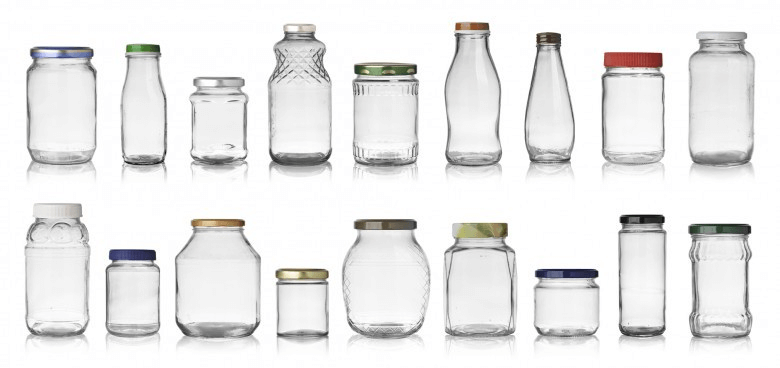
Metal packaging Aluminium cans, aerosols, foil trays, and steel containers are all recyclable. They are in this category as well because metal is reusable even when it no longer works as packaging. The major issue with it is the weight. That is, they tend to be heavier than other options and would thus probably cost you more to ship.
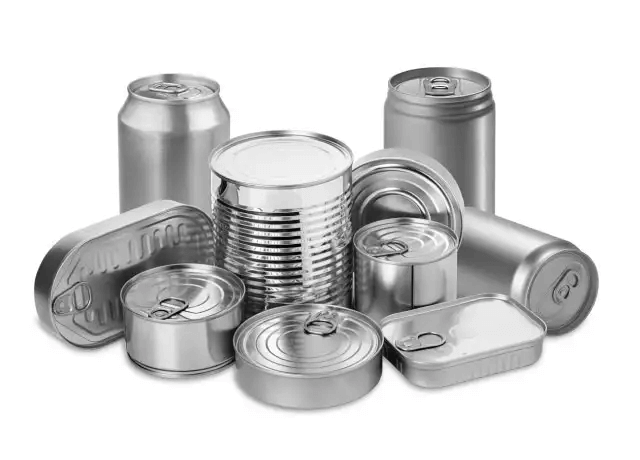
Organic fabrics These are ideal for multiple-use carrier bags. They come from various natural materials such as cotton, jute, leather, canvas, hemp, and palm leaves. These compostable packaging options are popular in many countries because they impose less burden on the environment.
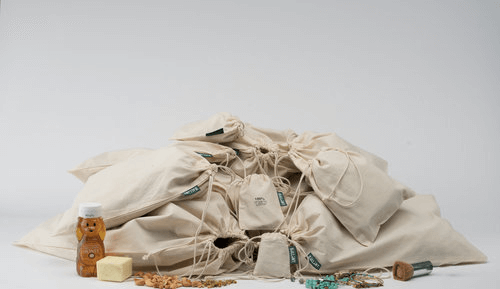
Compostable packaging, reusable eco-friendly plastic Despite the wide use of eco packaging, in certain circumstances, a material that is extremely strong, unbreakable, and that can withstand heavy loads is needed leaving plastic as a last resort.
![compostable packaging, sustainable packaging companies, compostable]()
In such situations, especially in bulk or tertiary packaging, you can pick from reusable plastic such as drums, spill trays, and pallets.
Packaging regulations in the UK
Running your eCommerce business guided by a sustainability strategy and values is an essential business practice.
That is why in the UK, once your production business meets certain production and packaging consumption thresholds, you are obliged to comply with responsible packaging laws.
UK packaging waste regulations
The UK production and packaging regulations, including thresholds, are outlined in the Producer Responsibility Obligations Act of 2007 (PRO 2007). These provisions are meant to improve, encourage, and accelerate the recycling of packaging materials.
What are these packaging thresholds?
Your business is required to be compliant with PRO 2007 if:
The business (including eCommerce models) is based and incorporated in the UK
It has a revenue turnover exceeding £2M per year, including the turnover of registered subsidiaries
Small and medium enterprises whose turnover is between £2M and £5M are governed under the Small Producer Regulations. This category is most applicable to eCommerce businesses with limited production and packaging capacity.
Your line of business involves production, usage, sale or handling of packaging products exceeding 50 tonnes in a concluded business year. For small producers, the base tonnage reduces from 50 to 30 tonnes of packaging products or materials.
What do the packaging waste regulations require?
You are required to submit a packaging recycling report annually, detailing packaging material usage and evidence of and amounts recycled.
Recycling requirements and targets are governed by the principle of shared responsibility. The more production and packaging materials you use, the higher your business’ recycling targets are.
After accredited recyclers buy recyclable packaging materials at effective market rates, you are issued a Package Recovery Note (PRN). The PRN is the documentary evidence that you delivered and/or met your recycling targets.
Registration with Environmental Agencies
A UK-based eCommerce or online business that meets the stipulated thresholds must register with the relevant Environmental Agency or be a member by joining an approved recycler’s scheme.
Upon meeting the threshold in a given business year, you are required to register by April 7 of the following year. Failure to be properly registered is an offence punishable by law.
NB: The recycling is outsourced to approved recycling companies.
Recognised agencies in the UK

The agency provides a detailed schedule of required data and reporting format for the seven categories of eco-friendly packaging materials recognised in the UK.
What about compliance fees?
Upon completing an annual audit showing you have met the recycling targets, the agency issues you with a compliance certificate.
You get this certificate upon payment of a fee. The fee depends on your type of registration. Direct registration with an agency attracts a higher fee than registration through a scheme.
The table below outlines the compliance fees applicable:
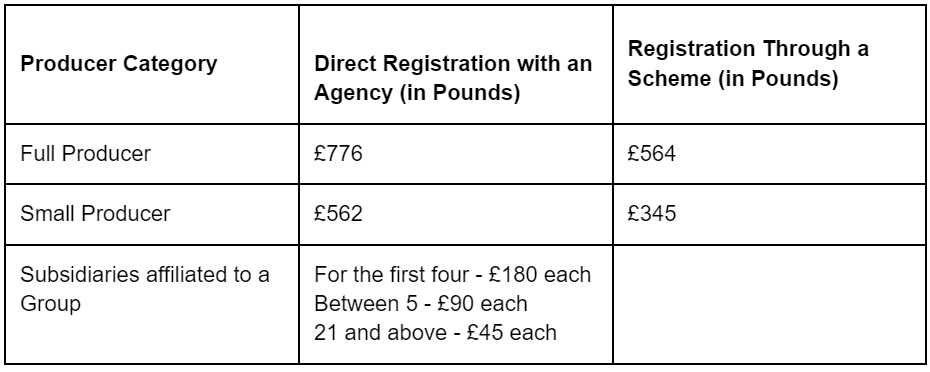
How do you make the most out of eco-friendly packaging
In most cases, using eco-friendly packaging means compromising on profits since they are relatively more expensive than other options.
However, they still bring multiple long-term benefits to your business. Two ways to optimise your packaging solutions include:
The use of sustainable packaging symbols
To this end user, conspicuous prints of relevant recycling and reuse symbols on the primary packaging are important. Include clear and simple recycle and reuse guidelines in the product information section, which a customer can painlessly follow.
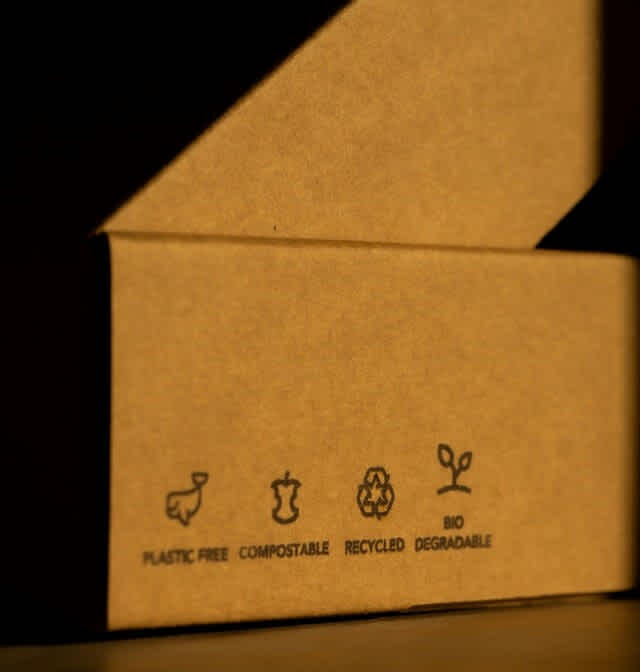
You could also share the recycle and reuse information through planned consumer education activities. Ideally, you will want to pay attention to any local or municipal waste sorting and separation guidelines to determine your labelling.
Package sealing with a minimum amount of tape
The success of your eCommerce business, mainly if you deliver directly to customers, will depend on the delivery of damage-free goods. Package sealing is thus key to achieving this objective.
Sealing tape is a key component of the packaging material. Improper application of sealing tape causes damage to the packaging itself, denting the delivered package's visual appeal.
It can also cause damage to or spillage of the product itself or make the product vulnerable to theft during transit. Some shippers surcharge additional fees if they remedy poor/defective packaging on your behalf.
Essentially, bad tape sealing will add to your packaging and business costs. Unfortunately, conventional sealing tapes such as cello, masking, and duct tape are not eco-friendly.
However, water-activated tape, made from Kraft paper, is fully recyclable and biodegradable.
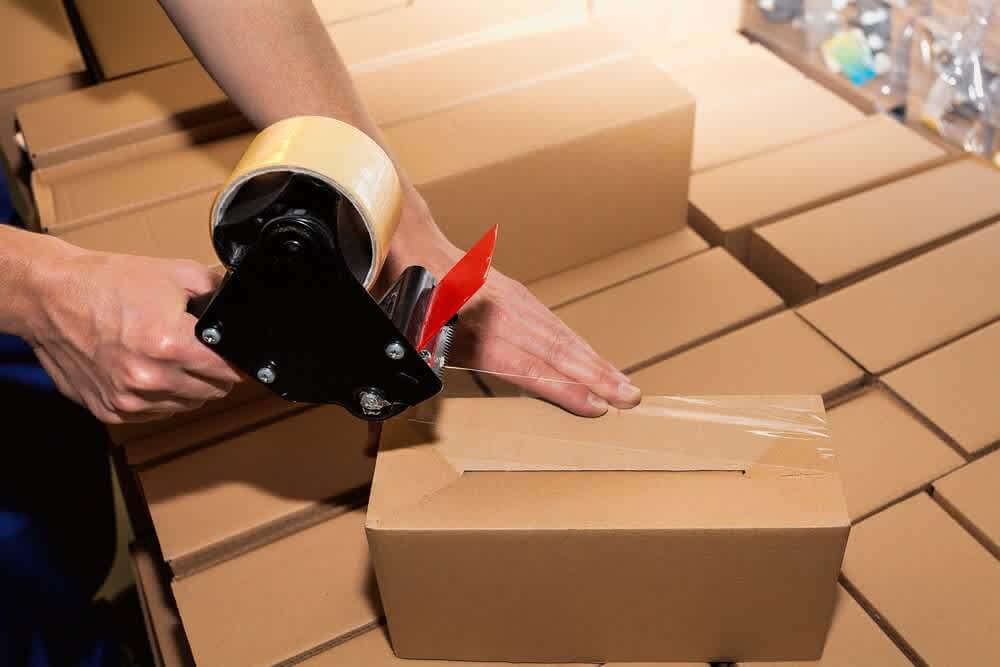
Tips on how to seal your products with a minimum amount of tape
Below are some recommended tips and practices:
Train your staff Where packaging is done manually, have the packaging personnel trained on proper sealing tape application skills and techniques. Acquire the right tools to save time and minimise materials wastage, thus saving on tape costs. For large-scale producers, using automated sealing machines will save you time and reduce quantities of materials used or wasted.
The proper sealing tape for the right package Use heavy-duty grade (3mm thickness) sealing tape to seal heavy packages. Similarly, use general-purpose tape (1.6mm thickness) to close light or regular weight packages. Consult packaging experts to help match your packaging needs with the right sealing techniques. Where maximum adhesion is required, using high adhesion alternatives like duct tape will ensure the usage of fewer strips of the sealing tape. For reusable packaging, use less sticky tape such as gaffer tape. Gaffer tape is highly recommended if you are an eCommerce in the arts and studio production industry. Its lower adhesion properties prevent damage to the packaging when opening, enabling reuse.
Switch to eco-friendly sealing tape Water-activated tape is an excellent packaging sealing choice. Out of the box, WAT is fully recyclable and biodegradable. In terms of application, WAT has a superior durable bond than any ordinary tape. Activating the adhesive with water creates an enduring bond with the surface. This bonding quality implies that a single strip of tape is sufficient to seal a package eliminating the need for multiple strips. Consequently, you save money on tape and sealing time. Any attempt to break a WAT is tamper-evident because someone has to either cut the tape or tear the box to open it, preventing sealing breakage in transit. This makes it a great choice for eCommerce. Ordinary tapes have inferior bonding strength than WAT. Usually, multiple strips are required leading to wastage and usage of more tape. The application of various layers of tape is also visually unappealing and looks unprofessional. The use of WAT overcomes all these downsides of using regular tape. Plus, branding and producer info is easy to print on WAT, improving your product image and brand perception.
Frequently asked questions
What is packaging?
Packaging is an integral and necessary business activity for successful production, containment, storage and delivery of products, goods, commodities, or materials.
It’s the process where a product, good or commodity is properly contained for preservation, safe storage, easy handling, delivery, or/and transportation.
What is the purpose of packaging?
The primary purpose of packaging is to protect the product from damage and exposure to contamination. It keeps the product safe during handling and transit. The packaging bears the product info and communicates about the brand helping articulate uniqueness, differentiation and boost brand association.
Why is sustainable packaging important to eCommerce?
Regulators, sustainability lobby groups and consumer buying behaviour are pressuring producers to adopt packaging practices that are safe and environmentally friendly.
What are packaging waste regulations in the UK?
These are packaging materials production and usage provisions meant to encourage, improve, and accelerate the recycling of packaging materials.
They apply to any UK-based business that produces, uses, sells, handles packaging materials, and meets the packaging waste thresholds.
What is the role of sealing tape in packaging?
The success of an eCommerce business depends on successful deliveries. Tape sealing is fundamental to the delivery of damage-free goods.
Sealing tape is a vital part of the packaging material. Improper application of sealing tape causes damage to the packaging itself and dents the visual appeal of the delivered package. Improper use of packaging materials also leads to waste, which translates to additional business costs.
How can I reduce sealing tape usage?
Using plastic sealing tape is a sub-optimal choice since it is not recyclable. Ordinary ones have inferior bonding strength necessitating multiple strips leading to wastage and higher tape costs, not forgetting that various layers are visually unappealing and look unprofessional.
To overcome these disadvantages of ordinary tape, use water-activated tape. It’s eco-friendly too.
Written by

Sam founded his first startup back in 2010 and has since been building startups in the Content Marketing, SEO, eCommerce and SaaS verticals. Sam is a generalist with deep knowledge of lead generation and scaling acquisition and sales.

